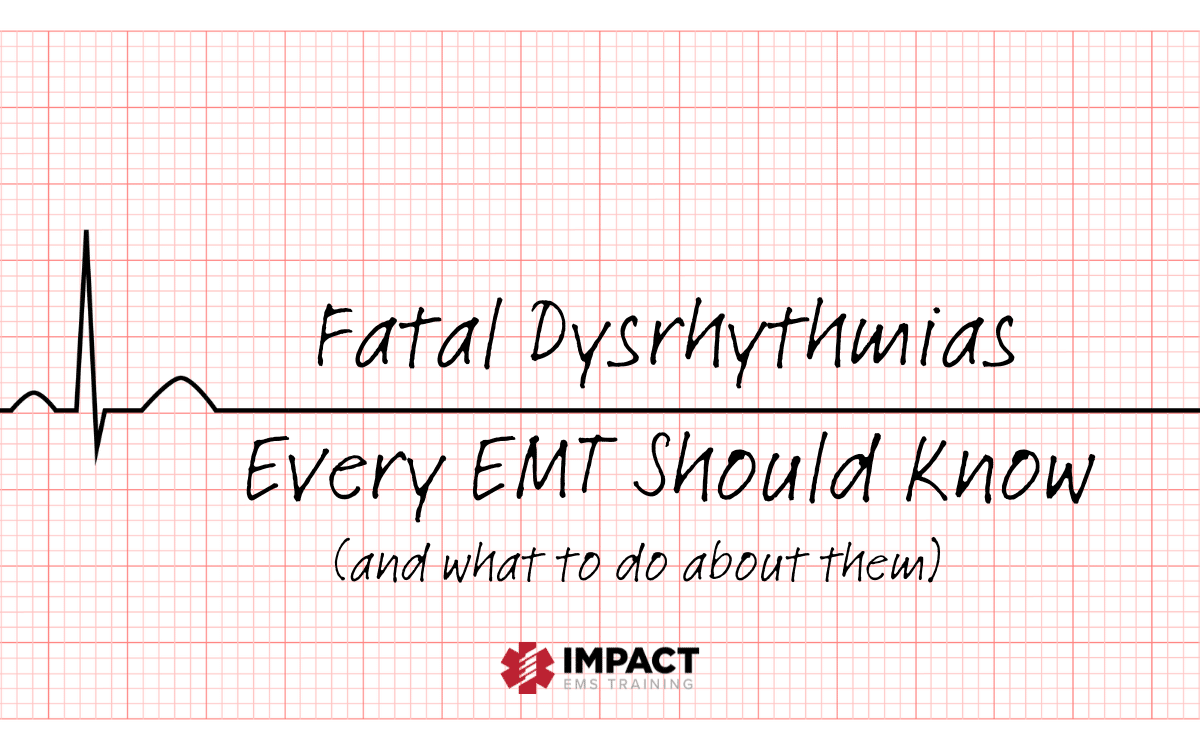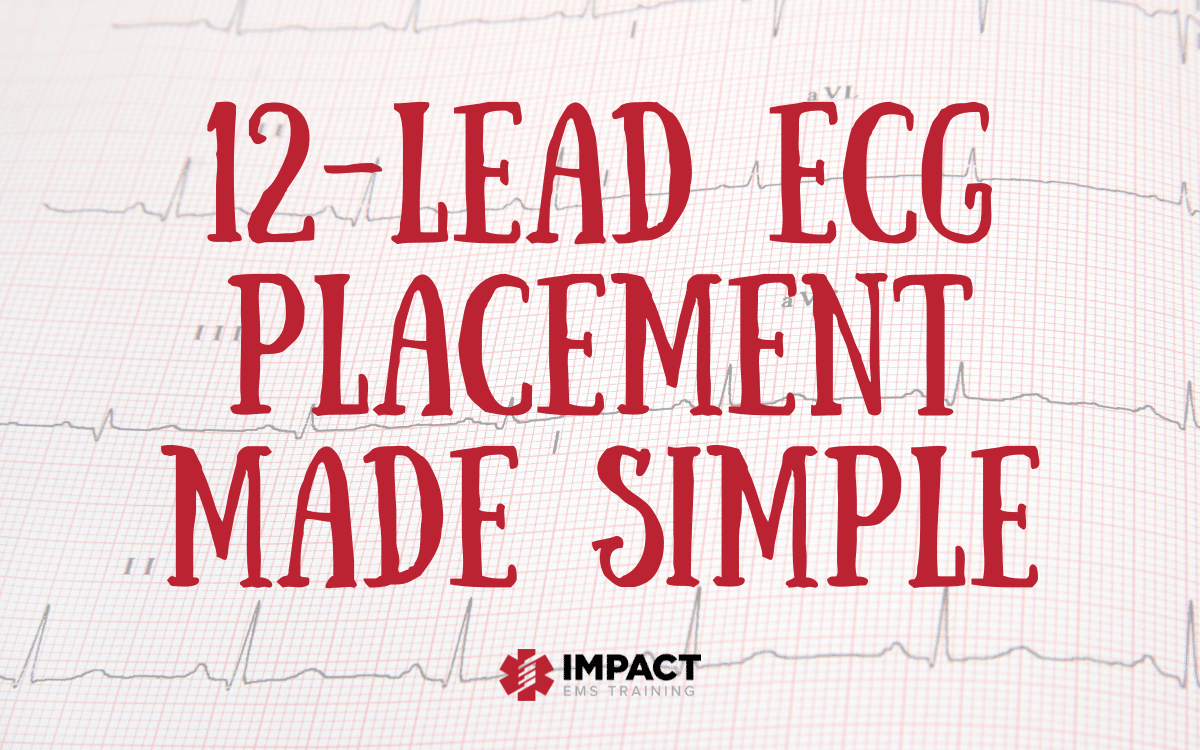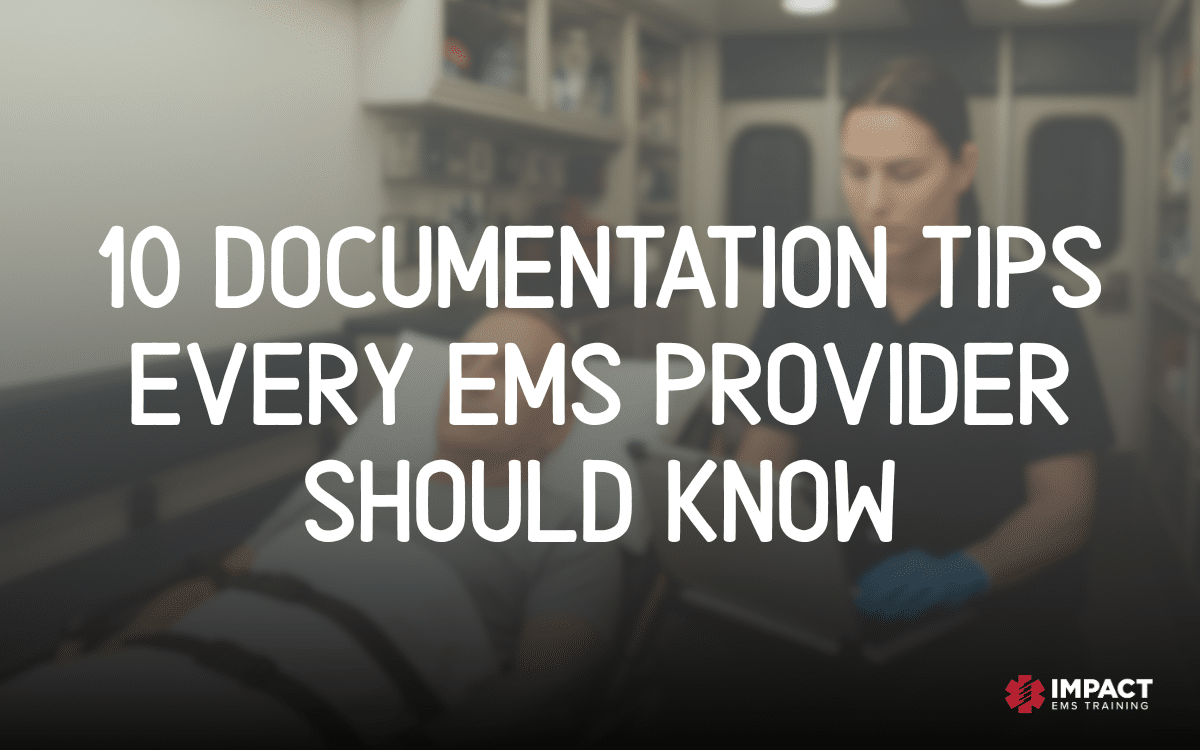Paralyzing the COVID-19 Patient
The use of neuromuscular blocking agents (NMBA) during rapid sequence intubation (RSI) is arguably the cornerstone of the procedure. NMBA paralytics prevent gagging when utilizing a laryngoscope during intubation and allow for a more complete view of the glottis versus sedatives alone (Caro, 2020). NMBAs used in RSI can be categorized into two different types: depolarizing (Succinylcholine) and nondepolarizing (Rocuronium, Vecuronium) (Caro, 2020).
Histamine
NMBAs are known to chemically act on mast cells to cause a release of histamine (UDA, 1993). Mast cells are typically located around the GI tract, myocardium, and respiratory tract (UDA, 1993). When histamine is released by the mast cells, secretions are increased. H1 mediates the muscarinic reflex causing an increase in mucus production in the nose (White, 1990). Histamine H2 stimulates mucus production in the lower airway (White, 1990). Both forms of histamine (H1 and H2) are released after the administration of NMBAs, thus resulting in an increase in mucus secretions in the nasopharynx and lower airway.
COVID and Secretions
COVID-19 is a viral illness that can result in shortness of breath and hypoxia, which can result in the need for endotracheal intubation in order to administer invasive ventilation to correct hypoxia. Healthcare workers are at the greatest risk of exposure to COVID-19 when they perform procedures that can cause aerosolization of respiratory secretions (Centers for Disease Control, 2020). Endotracheal intubation is known as a high-risk procedure in which respiratory secretions can become aerosolized and allow contact with the provider’s mucus membranes. Due to the high risk of the secretions becoming aerosolized, minimization is essential.
Paralytic Choice
When deciding to perform rapid sequence endotracheal intubation, the choice of paralytic can mean the difference in high to low risk. The provider should choose the paralytic that produces the least amount of histamine release from the mast cells, thus reducing the amount of nasal and lower airway secretion production.
Depolarizing NMBA
Succinylcholine is the only depolarizing NMBA that is currently available for use and is widely used during RSI (Ankam & Hunter, 2004). Succinylcholine is favored for RSI due to its rapid onset of action and short duration. Succinylcholine has the highest risk of the anaphylactoid response of all the NMBAs that are used for RSI and/or re-paralysis of presently intubated patients.
Non-Depolarizing NMBA
Rocuronium
Rocuronium is a frequently used NMBA for RSI due to its shortened onset time (60-90 seconds) and medium duration (approximately 30 minutes) (Ankam & Hunter, 2004). Rocuronium, however, can stimulate the anaphylactoid response, which releases histamine, resulting in increased mucus production and a higher risk of exposure (Ankam & Hunter, 2004).
Vecuronium
Vecuronium is not generally a top choice when performing an RSI, as it has a slightly longer onset time than its Rocuronium counterpart (180 seconds –vs- 90 seconds, respectively) (Ankam & Hunter, 2004). However, its duration of activity is comparable to that of Rocuronium, approximately 30 minutes (Ankam & Hunter, 2004). Compared to Rocuronium, Vecuronium does not stimulate a release of histamine (Ankam & Hunter, 2004). Vecuronium is also 6-8 times more potent than Rocuronium in terms of efficacy of neuromuscular blocking (Ankam & Hunter, 2004).
Conclusion
COVID-19 can be an intimidating condition to treat, especially if the patient requires endotracheal intubation. However, this can be less intimidating and pose less of a risk if the right paralytic is chosen for RSI. Succinylcholine should be avoided, as it results in the greatest amount of histamine production of all NMBAs. Rocuronium produces less histamine than Succinylcholine, however, the mucus stimulation is still posed an increased risk to the provider performing the RSI. Vecuronium should be the paralytic of choice when performing an RSI, as it does not cause a release of histamine, thus it does not cause increased stimulation of secretion production in the nose and lower airway.
References
Ankam, J., Hunter, J., (2004). Pharmacology of neuromuscular blocking drugs. Continuing Education of Anesthesia Critical Care & Pain. 4(1). 2-7. Retrieved from https://academic.oup.com/bjaed/article/4/1/2/356873
Caro, D., (2020). Neuromuscular blocking agents for rapid sequence intubation in adults outside of the operating room. UpToDate. Retrieved from https://www.uptodate.com/conte… for Disease Control. (2020). Interim U.S. Guidance for Risk Assessment and Public Health Management of Healthcare Personnel with Potential Exposure in a Healthcare Setting to Patients with Coronavirus Disease 2019 (COVID-19). Retrieved from https://www.cdc.gov/coronaviru… Department of Anesthesia (UDA). (1993). Histamine release of neuromuscular blocking agents. Anesthesia. Vol 48. 561-563. Retrieved from https://onlinelibrary.wiley.com/doi/pdf/10.1111/j.1365-2044.1993.tb07114.x
White, M., (1990). The role of histamine in allergic disease. Journal of Allergy and Clinical Immunology. 86(4, pt 2). 599-605. Retrieved from https://www.jacionline.org/art…
Impact EMS offers accredited certification and refresher courses in one trusted location. Fully prepare for certification exams and maintain licensure with skill building credits.





